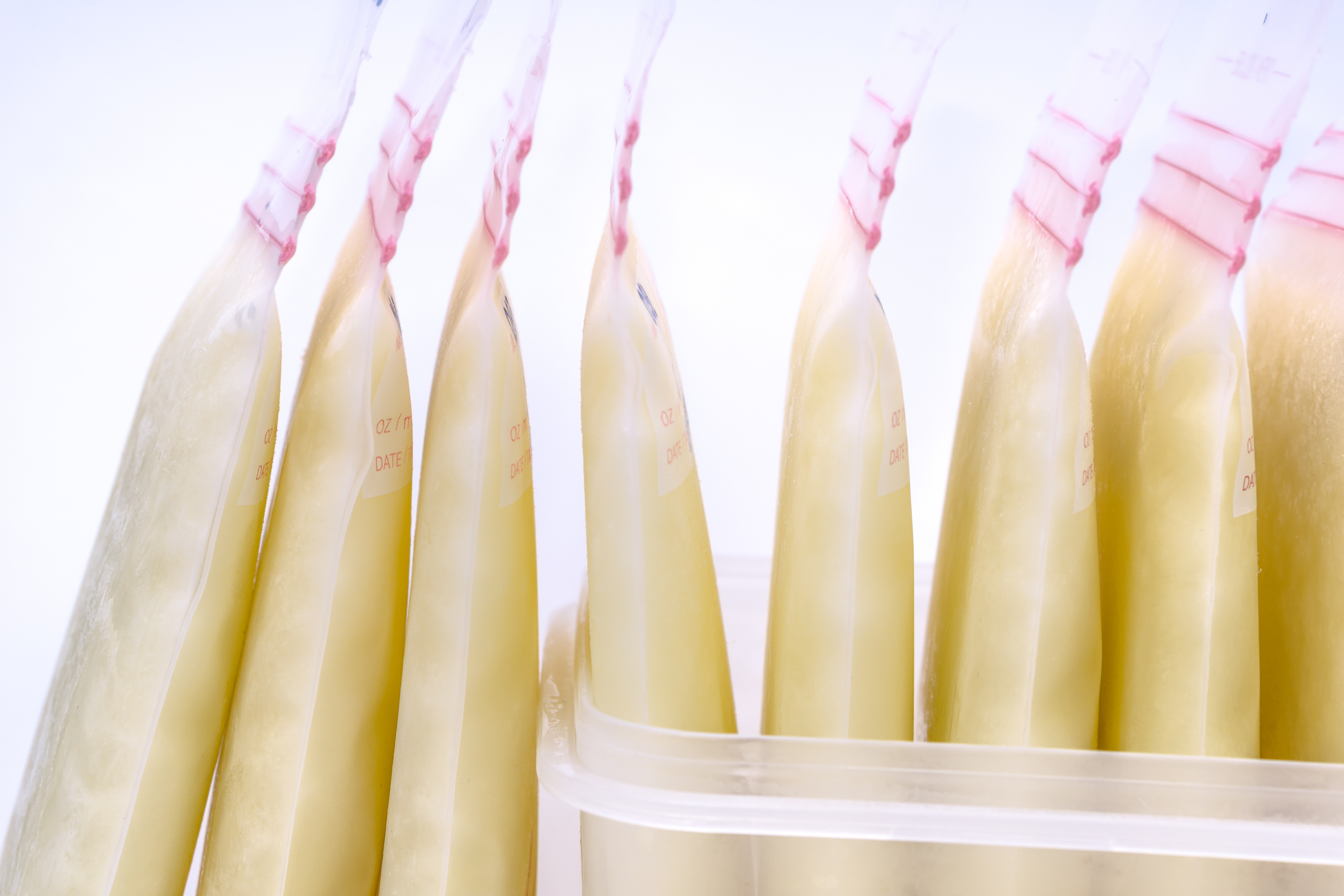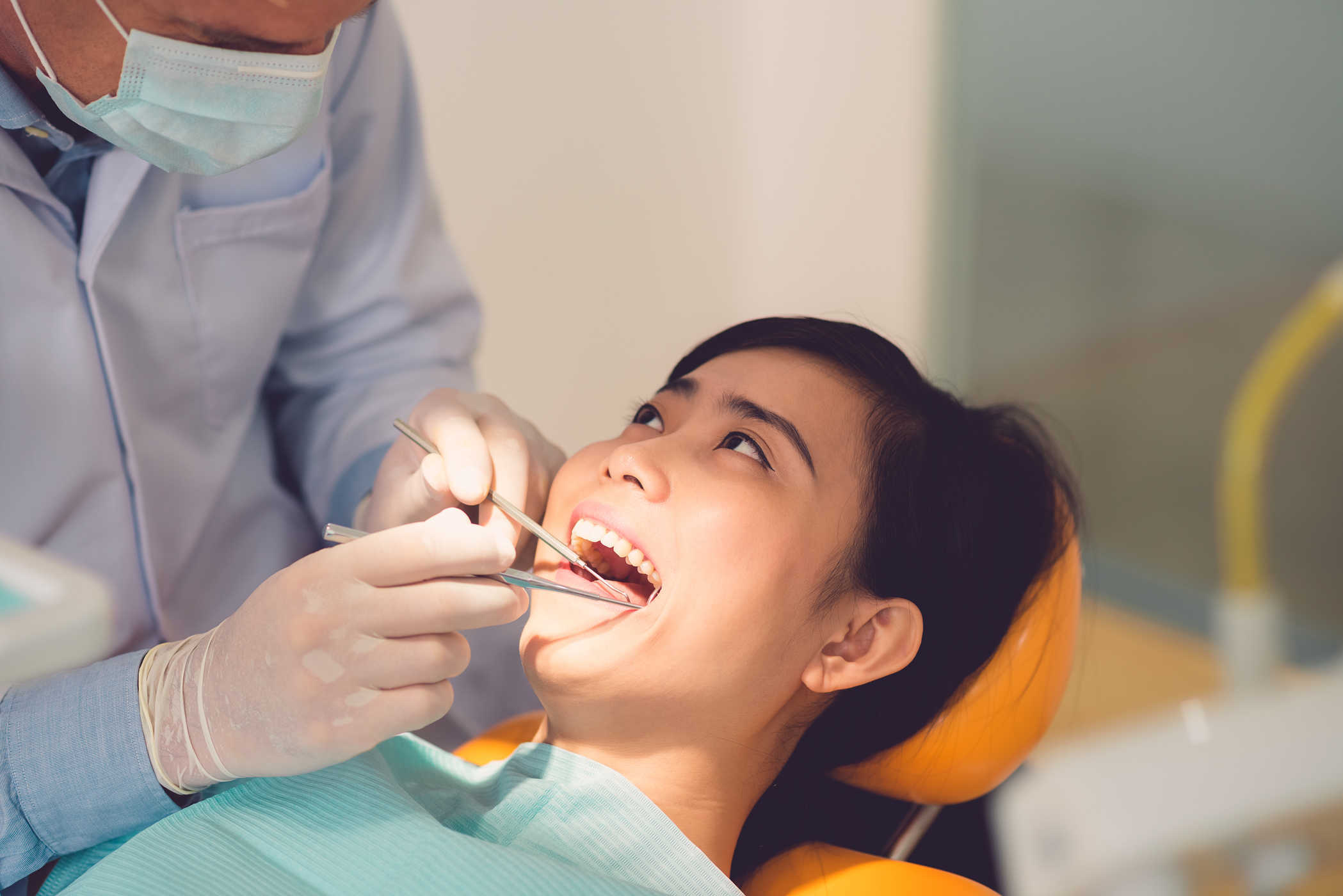Contents:
- Medical Video: How to Increase Low HDL Cholesterol
- Difference between good cholesterol (HDL) and bad cholesterol (LDL)
- So, how do you increase HDL or good cholesterol in your body?
- 1. Smart choosing food
- 2. Make sure you have time for exercise
- 3. Stop smoking
- 4. Reduce weight
Medical Video: How to Increase Low HDL Cholesterol
What do you think about when you first listen to the word cholesterol? Most likely you immediately think about heart disease, or stroke. Actually cholesterol is needed by the body to help build new cells so that the body can continue to function normally. In addition, cholesterol also helps the body produce vitamin D, a number of hormones, and bile acids to digest fat. However, if cholesterol is excessive, this can turn your health into a danger.
Well, actually how do you increase good cholesterol without adding bad cholesterol?
Difference between good cholesterol (HDL) and bad cholesterol (LDL)
In the blood, cholesterol is carried by protein. Combined both are called lipoproteins. The two main types of lipoprotein are low density lipoproteins (LDL), commonly referred to as bad cholesterol and high density lipoproteins (HDL) commonly called good cholesterol.
LDL is responsible for transporting cholesterol from the liver to cells in need. But if the amount of cholesterol exceeds the need, it can settle on the walls of the arteries and cause disease. On the other hand, HDL, as opposed to LDL, is responsible for transporting cholesterol back into the liver. In the heart, cholesterol will be destroyed or released by the body through dirt.
The recommended cholesterol levels in the blood can vary depending on whether the person has a higher or lower risk for arterial disease.
So, how do you increase HDL or good cholesterol in your body?
1. Smart choosing food
To increase HDL cholesterol and reduce LDL is actually very easy. The first step you have to do is to choose the right food. What should be avoided and what should be eaten? Here's the instructions for you.
- Choose the type of fat that is healthy. The recommended fat to choose is unsaturated fat. The saturated fats that you usually find in red meat and dairy products can increase both cholesteriol levels and 'bad' cholesterol. However, this does not mean making you anti-saturated fat, because after all your body still needs saturated fat.
You still need to get seven percent of your daily calories from saturated fat. If you want to eat meat, choose smaller pieces of meat. You also can still consume milk, but low-fat milk. Choose olive oil and canola for cooking because both have monounsaturated fat.
- Avoid trans fat. As much as possible you should avoid trans fat, why should it be avoided? Because trans fat can increase 'bad' cholesterol and reduce 'good' cholesterol. Trans fats are usually found in fried foods, biscuits, and snack cakes. Don't be easily tempted by food products labeled as trans fat free or trans fat free. It's good to read carefully the content of the food products you buy.
You can also choose whey protein milk. Research has shown that whey protein given as a supplement can reduce LDL cholesterol levels.
- Expand omega-3 fatty acids. Eat foods that are rich in omega-3 fatty acids. Omega-3 fatty acids will not affect your LDL cholesterol, but can increase HDL cholesterol and reduce blood pressure. Some types of fish such as salmon, mackerel and herring are known to be rich in omega-3 fatty acids. You can also get omega-3 fatty acids from walnuts and almonds.
- Consumption of soluble fiber foods. Increase consumption of foods that are rich in soluble fiber. There are two types of fiber, namely soluble and insoluble fibers. Both do have benefits for heart health, but soluble fiber can help reduce your LDL levels. You can add soluble fiber to the daily menu by consuming wheat, fruits, nuts, and vegetables.
2. Make sure you have time for exercise
Not only does it change your diet to be healthier, you can rely on exercise to get a healthier body. Why is exercise important for increasing cholesterol? Because exercise can increase ‘good’ or HDL cholesterol in your body.
At least take 30 minutes to exercise in one day. You can walk casually after lunch, bike, swim, or play your favorite sport. To stay motivated you can invite your partner or friend to exercise. Prefer to go up stairs compared to elevators can also affect your physical fitness, you know.
3. Stop smoking
Do you know that cigarettes have ingredients that can reduce good cholesterol? In cigarettes found a chemical called acrolein. This substance can stop the activity of HDL (good cholesterol) to transport fat deposits to the liver, resulting in narrowing of the arteries or atherosclerosis. From this it can be concluded that smoking is a very large risk factor for someone to experience a heart attack or stroke.
4. Reduce weight
Reduce weight, if you have excess weight. Excess weight will affect HDL levels in the blood. In fact, if you weigh more than normal, reducing a little weight can increase your HDL levels, because every 3 kg of body weight decreases, HDL levels can increase by 1 mg / dL. Aim to reduce daily calorie consumption and exercise regularly. Only by walking for 30 minutes every day can you lose weight safely and consistently.











